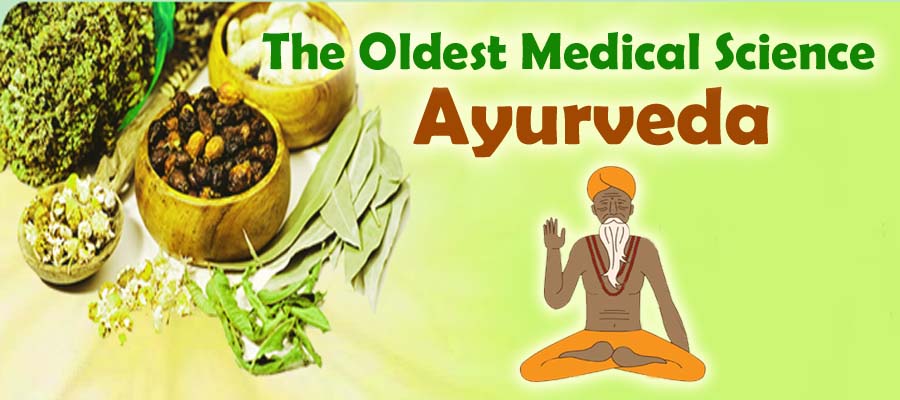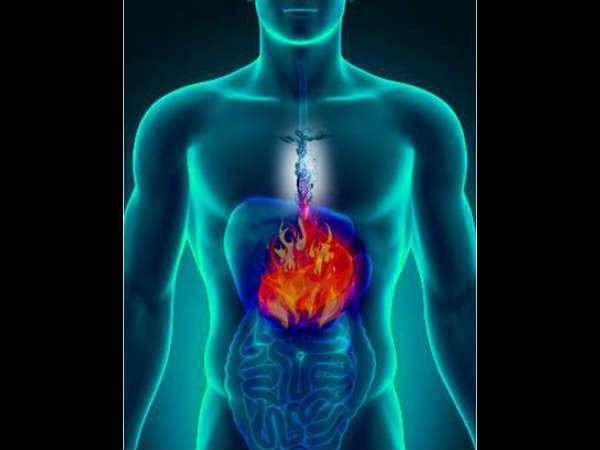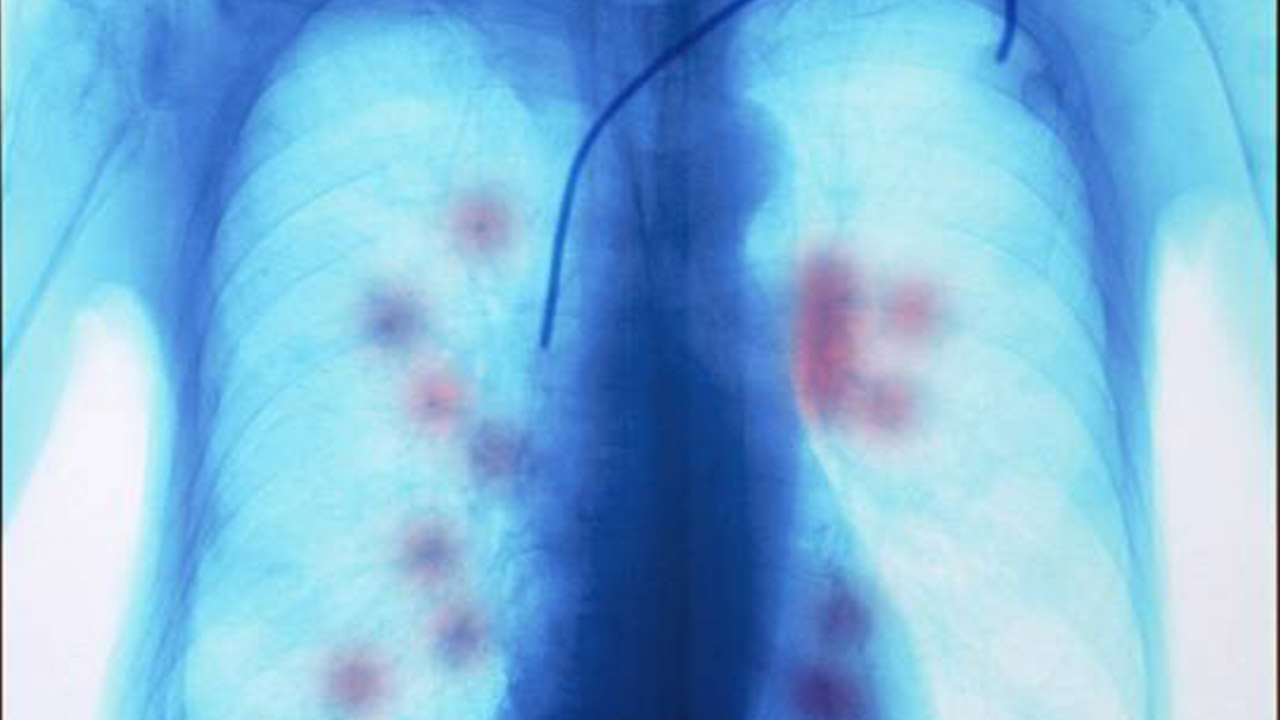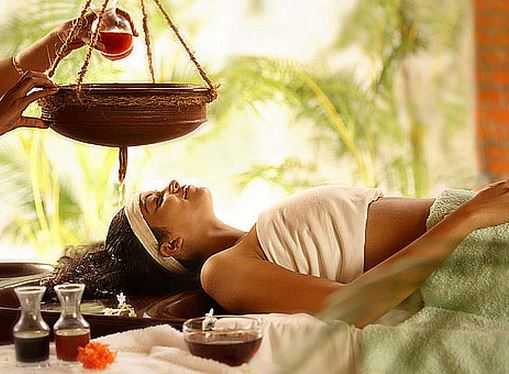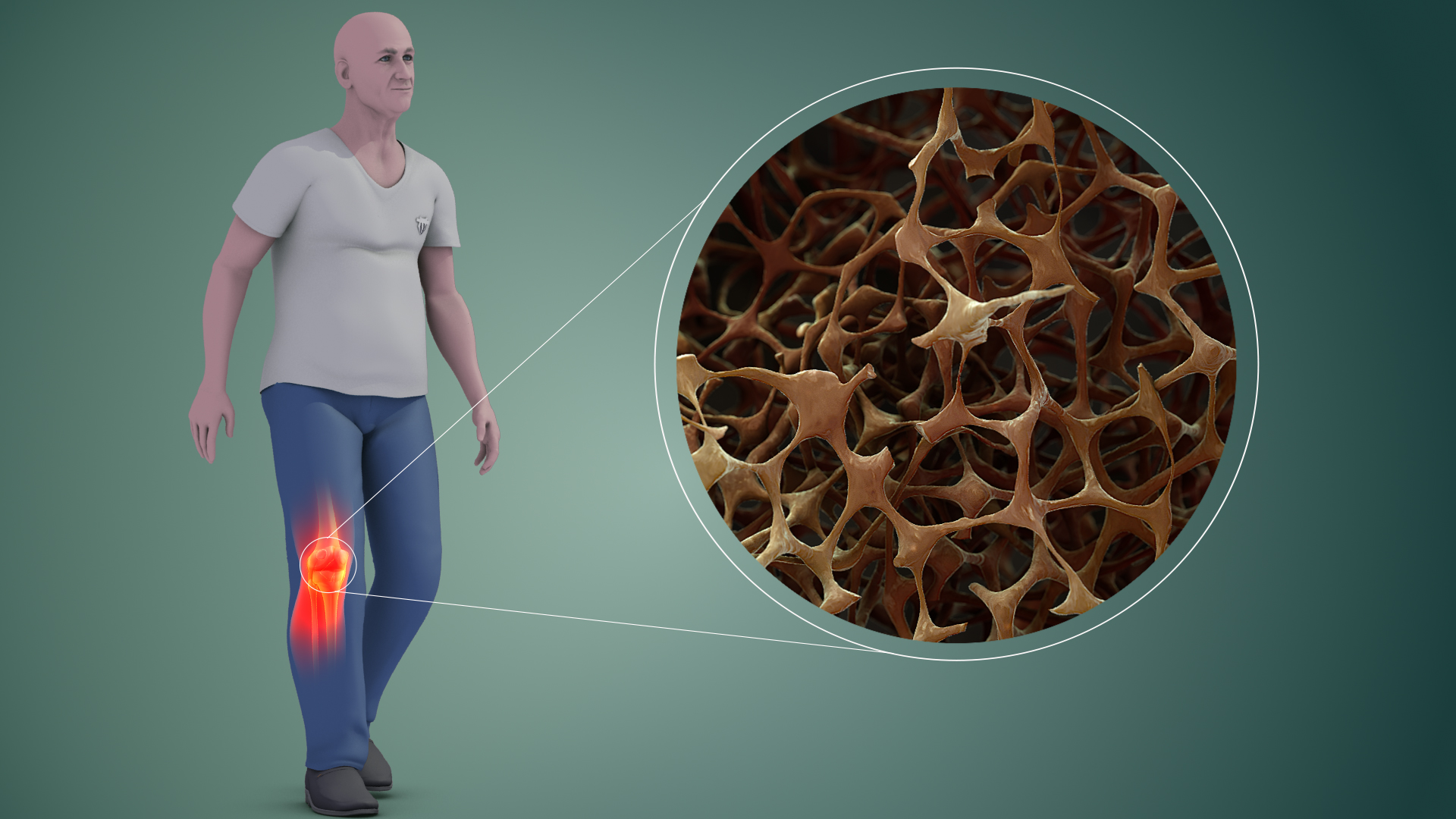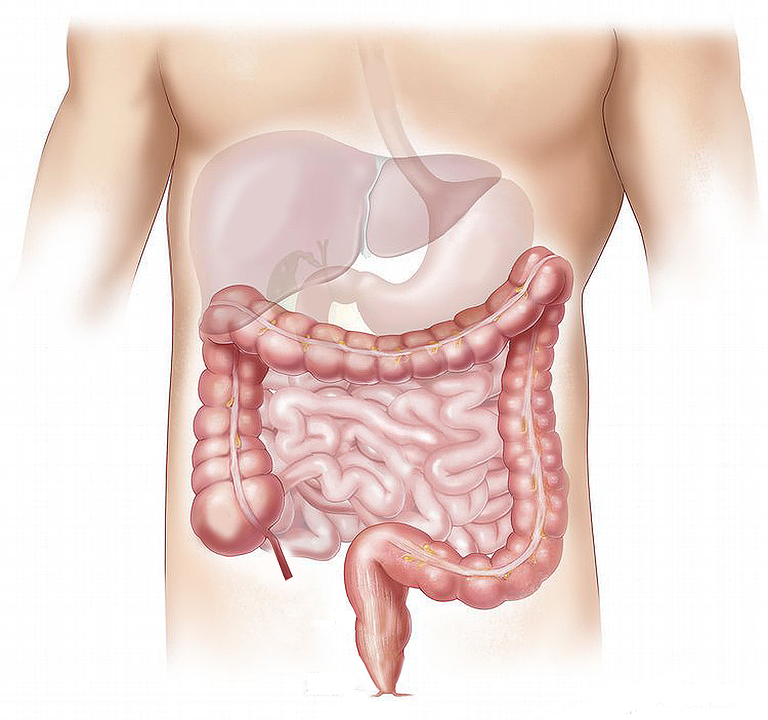Ayurveda, “the awareness of life,” is a System of health that originated during the Vedic culture of India almost five thousand years ago. We see a growing interest in Ayurveda in the Western world that speaks of how much the principles of this type of healing can improve lives in many ways. Ayurveda helps find the balance between the body, mind, and spirit as all three of these are connected. Ayurveda teaches us to achieve optimal health by adopting healthy practices to prevent illness and achieve an optimal sense of well-being.
Maintain body balance- Maintaining a balance of the body and mind is the natural way of life. With the help of this ancient ayurvedic wisdom, we can make choices in our diet and lifestyle that will lead to health and longevity. According to the Ayurvedic philosophy, each of us has a body type called Dosha — a combination of Air (Vata), Fire (Dosha) and Earth (Kapha). Inconsistent eating habits, no physical activity, and being exposed to chemicals or germs are harmful to health. Also, disadvantageous is not getting enough sleep and having emotional disturbances causing an imbalance in our body. We can restore the balance with this holistic practice of Ayurveda.
Let’s learn the right ways of life that will benefit us-
*A Proper and healthy breakfast– We have all heard this phrase many times—”Breakfast is Brainfood”. That’s how important breakfast is. So, skipping breakfast or not having a healthy portion of it can affect your entire working system. Eat breakfast like a king [ the most substantial meal of the day].
*Average Portion during lunch- this meal is lesser in portion size than breakfast. A balanced diet of calories, fat, protein, vitamins and minerals is what forms a balanced diet.
*Light dinner – To improve digestion and the quality of sleep, Ayurveda suggests to have dinner by 8 PM so that the body can digest it before bedtime. Our bodies need Agni [fire] to digest the food. Due to less Agni after sunset, overeating can be a disadvantage. If you eat just enough, your body can concentrate entirely on giving you restorative sleep rather than working extra on your system.
Neti Pot
Neti poti is very vital in preserving health by helping your nose get rid of the toxins, pollution, and allergens. Using the neti pot to flush saline water up each nostril, helps to flush out excess mucus along with impurities, for deeper breathing and relieving the symptoms of allergies and colds.
Eat Fresh, Seasonal and Local
The remarkable principle in Ayurveda is to eat food that is fresh, seasonal, and locally grown. Maintain your internal balance by eating seasonal fruits and vegetables of the best quality possible.
Using spices to heal
Ayurveda considers spices to be a healer as well as a flavor enhancer. Use turmeric to reduce inflammation and protect your heart. Ginger can aid better digestion and cinnamon can regulate your blood sugar. All other spices should be added to the dishes for an antibacterial effect that can help you fight infection.
Exercise
Incorporating exercise in the form of yoga is very beneficial for a good quality of life. Our bodies are designed to move, and so if it does not get the exercise it needs, the body starts becoming weak. Give work to your body and avoid being sedentary.
Meditation
According to ayurvedic philosophy, there seems to be a link between the health of the mind and body–being inseparable. Disturbances in your mind can start as physical ailments. A regular meditation practice helps maintain the balance necessary for health by reducing stress, having a better sleep, thereby, increasing your sense of well-being.
Oil Pulling
The practice of detoxification, as well as naturally brightening your teeth, can be done in the morning. About 20 minutes of swishing with a natural oil in your mouth (organic coconut or sesame are good choices) and spitting out the white substance is very beneficial. That white substance is bacteria and toxins. Your immune senses will thank you for helping it preserve your health. This ancient ayurvedic system has flourished in modern-day because it still has plenty to offer to the world.
Connect with our team at ‘The Madras Institute of Ayurveda’, sharing ancient wisdom with modern technology. This institution was established to bring the same genuine treatments that are offered in Kerala. So, come and benefit from our various treatment types.
Log on to www.miayurveda.org to learn more.

